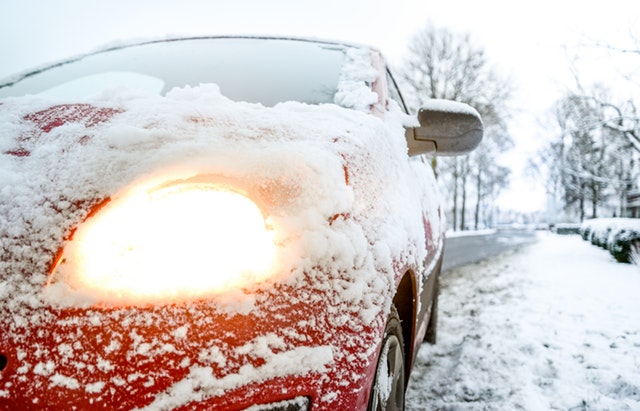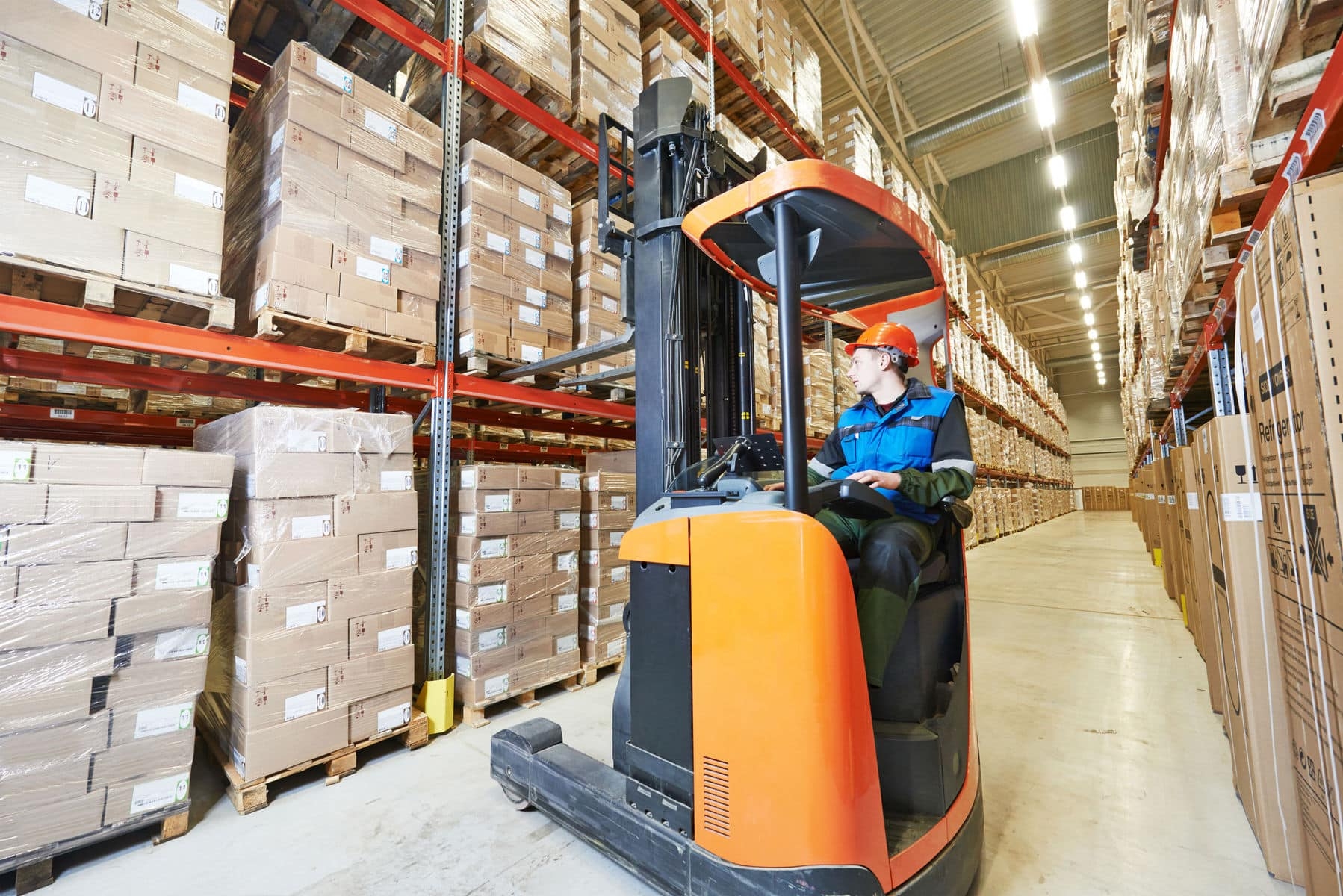
The Meteorological Office inform us that Winter 2022 starts on Wednesday 21st December and ends on Monday 20th March 2023 but why wait for winter to start, plan ahead and prepare now for all driving at work activities. In adverse weather the hazards associated with driving for work intensify significantly. In winter especially, darker, shorter days and bad weather such as rain, hail, fog or snow reduce visibility. Strong, blustery winds, ice and slush can make vehicle control much more difficult. Winter sun tends to be low and can cause significant glare.
Driving for Work | Employers Guide
Employers should appraise their company’s driving for work risk management policy and procedure to make sure driving or riding in adverse weather is properly controlled. Consider:
- Are driving or riding in adverse weather conditions considered?
- Who is responsible for telling employees what is expected of them?
- Are appropriate systems in place for employees who have to drive or ride for work in adverse weather conditions?
- Do employees know how to handle vehicles [company provided or their own] in adverse weather conditions?
- Are employees’ familiar with the vehicle manual and any specific advice provided for driving in poor weather conditions?
- Do you need to consider providing additional driver training for those who drive or ride for work?
- Is there a plan in place for employees in the event of emergencies such as a collision, breakdown or getting stuck/stranded in snow?
Remember, where possible in adverse weather conditions to limit travel as far as possible to essential journeys only – ask yourself is the trip necessary?
No Option but to Drive or Ride to Work?
- Listen to weather forecasts, travel bulletins and any adverse weather alerts. Change or delay your journey as appropriate.
- Plan you journey, stick to major routes where possible. Allow extra time for your journey.
- Inform someone such as your employer, manager or supervisor where you are going and your estimated arrival time so that an alarm can be raised if you fail to arrive.
- Turn your lights on to ensure that your vehicle is visible to other road users.
- Fill your washer bottle with windscreen wash. The concentration used should be appropriate for the weather conditions.
- Reduce your speed and drive according to the road and weather conditions, maintain greater stopping distances (double in wet weather and ten times greater in icy weather).
- Wear sunglasses (prescription glasses if required) if the sun is low.
- Avoid harsh braking or acceleration. Carry out any manoeuvres slowly and carefully.
- Never feel pressurised to complete a journey if weather conditions are too dangerous.
Winter Vehicle Checks
Ensure that your vehicle is in a roadworthy condition prior to driving. Check that:
- Tyres are in good conditions and inflated to the correct pressure (including the spare if carried).
- The vehicle has plenty of fuel.
- Wipers, defrosters and lights are in good working order.
- An ice-scraper or de-icer is available for ice or snow.
Get to know all of the controls in your vehicle including the heater, de-mister, lights and wipers.
Carry an emergency kit in your vehicle containing items such as:
- A high visibility, reflective jacket or vest in the vehicle cab (so that you can put it on before you leave the vehicle).
- A torch with extra batteries.
- An emergency warning triangle.
- A mobile phone – for use only when parked.
In cases where travel is unavoidable in extreme weather conditions, consider carrying items such as:
- Warm clothing including hat, gloves and a warm blanket or sleeping bag.
- Boots.
- Food and a warm drink in a flask.
- Shovel and material for providing wheel traction if driving on soft ground or snow (such as chains, old carpet, sand, gravel, cat litter or salt).
- Jump leads.
How to Drive Safely in Snow & Ice
The roads can be dangerous in winter when there's snow, ice or sleet. Our top tip is to take it slow. Stopping distances can be up to 10 times longer when it's icy. Gentle manoeuvres and slow speeds are the key to safer driving in ice and snow.
In the season of winter colds don't drive with a cold, if you're feeling unwell and are on any medicine that could make you drowsy. It could affect your reaction times.
Before you Set Off
- Allow extra time for winter journeys.
- Plan routes around major roads, which are more likely to be cleared and gritted.
- Try to get up at least 10 minutes early to give you time to de-ice the car.
- Wear comfortable, dry shoes for driving so your feet don't slip on the pedals.
- Check fuel levels – have at least a quarter of a tank in case of unexpected delays.
- Clear all windows using a scraper and de-icer and wait until the windscreen's fully demisted.
- If you drive an automatic, check the handbook – some have a winter mode or recommend selecting ‘2’ in slippery conditions.
Driving for Work on Winter Roads
- Pull away in second gear, easing your foot off the clutch gently to avoid wheel-spin.
- If you have to use your brakes, apply them gently.
- Driving uphill – leave plenty of room between other cars or wait until it’s clear so you don’t have to stop part way up. Keep a constant speed and try to avoid having to change gear on the hill.
- Driving downhill – slow down before the hill, use a low gear and try to avoid braking. Leave as much room as you can after the car in front.
- If you get stuck in snow or ice, straighten the steering and clear the snow from the wheels.
- Put a sack or old rug in front of the driving wheels to give the tyres some grip.
Keep your Windows Clear
Don't drive like a tank driver with just a tiny patch of windscreen to see out of. Make sure all your windows are clear of ice, snow and condensation before you set off.
- Keep the windscreen and other windows clear of dirt and snow to avoid a fine.
- Clear snow from the roof – it can fall onto the windscreen and block your view.
- Air-con demists the screen faster and reduces condensation.
- Replace worn or damaged wiper blades.
- Don’t leave your wipers on auto when you park up if there’s a risk of frost. If the blades freeze to the screen, you could damage the blades or wiper motor when you turn the ignition on.
- Use a suitable additive in your screen wash to reduce the chance of it freezing.
Make your Car Visible in Poor Winter Weather
With shorter days and more chance of rain, sleet and snow, there can often be poor visibility when driving in winter.
- Make sure all car lights are working and the lenses are clean.
- If the roads are really dirty with slush, grit etc, you might have to clean your lights after every trip.
- Keep number plates clean, to avoid fines.
- If you have to clear snow, don’t forget the lights – front and back.
- You must use headlights when visibility is seriously reduced. If you use fog lights, remember to switch them off when visibility improves so they don’t dazzle other drivers or obscure your brake lights.
Choose the Right Winter Tyres
- We recommend at least 3mm of tread for the winter.
- Don't let air out of your tyres to get more grip – it doesn't work, and it’s unsafe.
- Only use snow chains if there’s enough snow to prevent damage to the road.
- Think about getting winter tyres or all-season tyres – these are made from a special rubber that gives better grip in cold, wet conditions.
The RAC issue the following advice:
Tyre and safety experts believe the 1.6mm legal minimum is insufficient to guarantee safety – most recommend a minimum tread depth of 3mm for tyre replacement.
Tests by UK technical organisation MIRA (Motor Industry Research Association) found that, once tyres are below 3mm, stopping distances increase dramatically.
The difference in wet braking distance between a tyre worn to 3mm and one worn to 1.6mm can be as much as 44%.
Driving for Work? Avoid a Breakdown in Winter
Look after batteries and electrics
Car batteries rarely last longer than 5 years. There are extra demands on them in the winter thanks to lights, heating and wipers.
Turn off electrical loads like lights, heated rear window and wipers before trying to start the engine.
- Use the starter in short 5-second bursts.
- If the engine doesn't start quickly, wait 30 seconds between attempts.
- If you don't use your car often, give it a regular overnight trickle charge.
Top up your antifreeze in cold weather
Antifreeze only costs a few pounds, but a frozen and cracked engine costs hundreds to repair. You need a 50-50 mix of antifreeze and water for the winter – this protects your engine down to -34C.
Most modern cars use long-life antifreeze but some types of antifreeze need changing after only 2 years. Make sure you use the right type and check your service schedule.
Troubleshooting car problems in winter months
A continuous squealing noise when you start up could mean the water pump’s frozen - it's the fan belt slipping on the pulley. Stop the engine straight away and let it thaw out. This could take days unless you can move it into a heated garage.
If your car overheats a few miles from home, it's likely that the radiator has frozen. Stop straight away so you don’t cause more serious damage.
Get safety advice you can trust to keep you and your employees safe on the roads this winter, contact our team of Health and Safety Consultants today.





